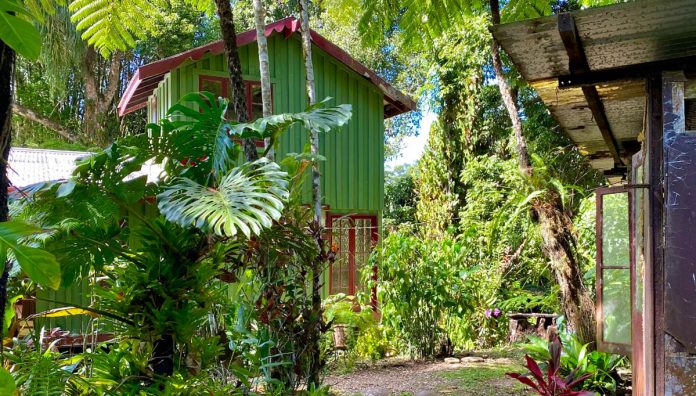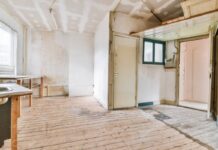It’s probably not the most interesting topic to be an “expert about” but if you’re renovating a home, or painting a commercial property in hot, humid Queensland, knowing the right paint for humid environments will save you a fair bit of money over the years.
Driving through Innisfail not so long ago, I noticed the paint job on a shed. I could tell it wasn’t a particularly old paint job, definitely in the last five years, but it looked, well, shoddy – old before its time. The paint was ageing faster than it should and it wasn’t due to poor quality paint, but rather the heat and humidity up in the north. And it’s not just Far North Queensland, or even the Capricorn Coast, any Queensland property east of the range suffers to some extent from the climate.
I’ve been doing industrial painting my whole career. Before me, my dad and my grandad were painters. There’s probably literally paint in my blood. I’ve worked all over Australia on various projects but there’s nowhere quite like Queensland’s coastal strip for paint problems.
Mostly it’s about the right paint for humid environments
A property exposed to high levels of humidity and heat, undergoes expansion and retraction daily (especially a big metal shed!). If you use the wrong kind of paint, this can cause microscopic ‘cracks’ in the seal, leading to flaking paint, dulling of colours and an overall “shoddy” look. The best outdoor paint for hot, humid environments is acrylic latex paint, with UV protection and mould inhibitors added. These are usually a little more expensive than your run-of-the-mill acrylic paints, but what you spend now will prolong the life of the paint significantly, so you’re not paying for it all again in a few year’s time. An acrylic latex paint will usually last more than ten years in a humid environment while an oil-based paint may only last five.
But it’s also about the right painter
The atmospheric moisture also disrupts the way that paint adheres to the surface and can get “encased” between coats. This trapped water then expands in the heat and over time causes a “bubbling” effect in the paint. Which will in turn become cracking or flaking paint. A professional painter should know how to avoid these problems. They should understand the risks and be able to manage them as they complete the job.
And a bit about looking after your paint
In the dry years, dust accumulates on the surface of your paint. In humid years, debris can “stick” to it. In flood years, well, your paint job is going to take a proper beating, regardless of how well it was chosen and applied. But if it brings with it mould or other nasties, these need to be removed promptly. Leaving a layer of ‘grit’ on a painted surface leads to the paint breaking down prematurely. So, while it sounds like a less-than-desirable way to spend a day, plan to give your paintwork a good hose down at least once a year or more often in particularly unseasonable weather.





